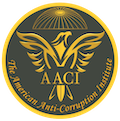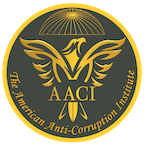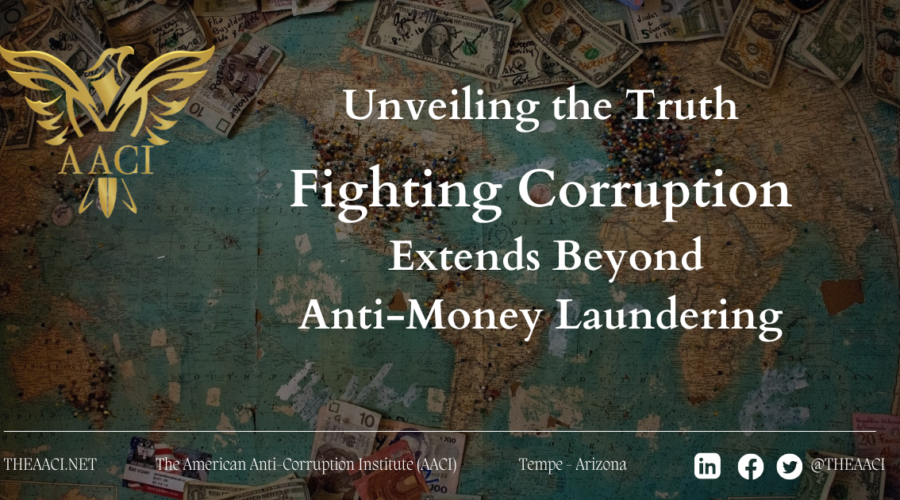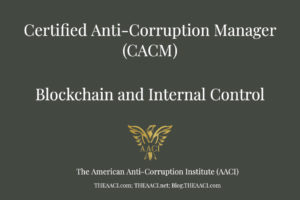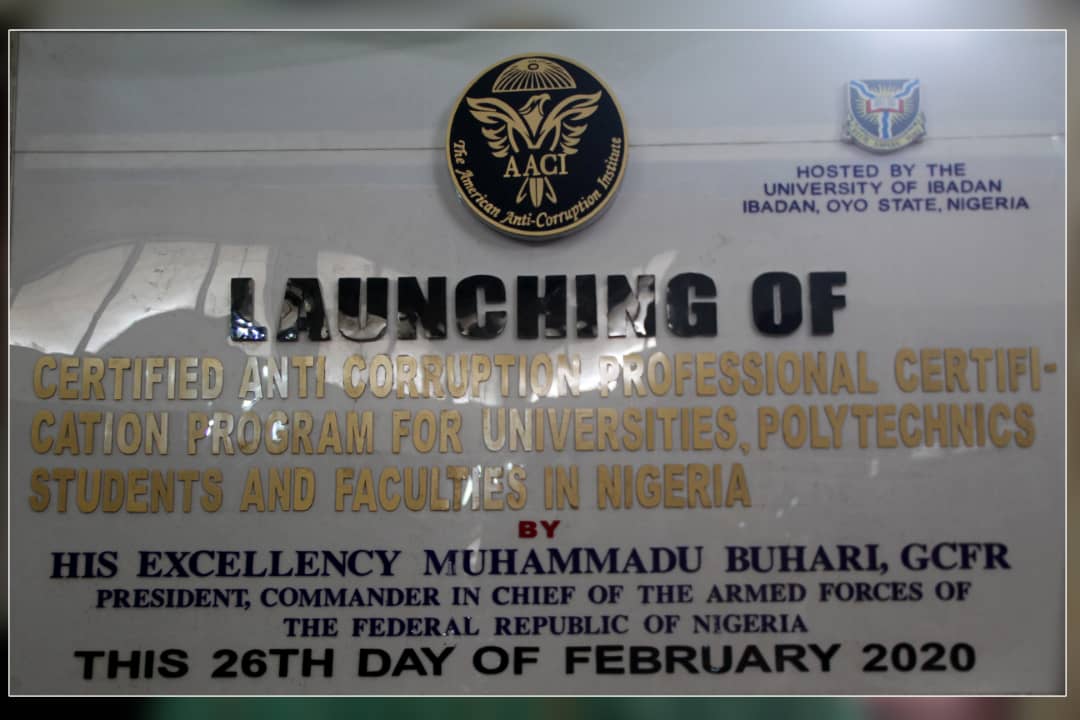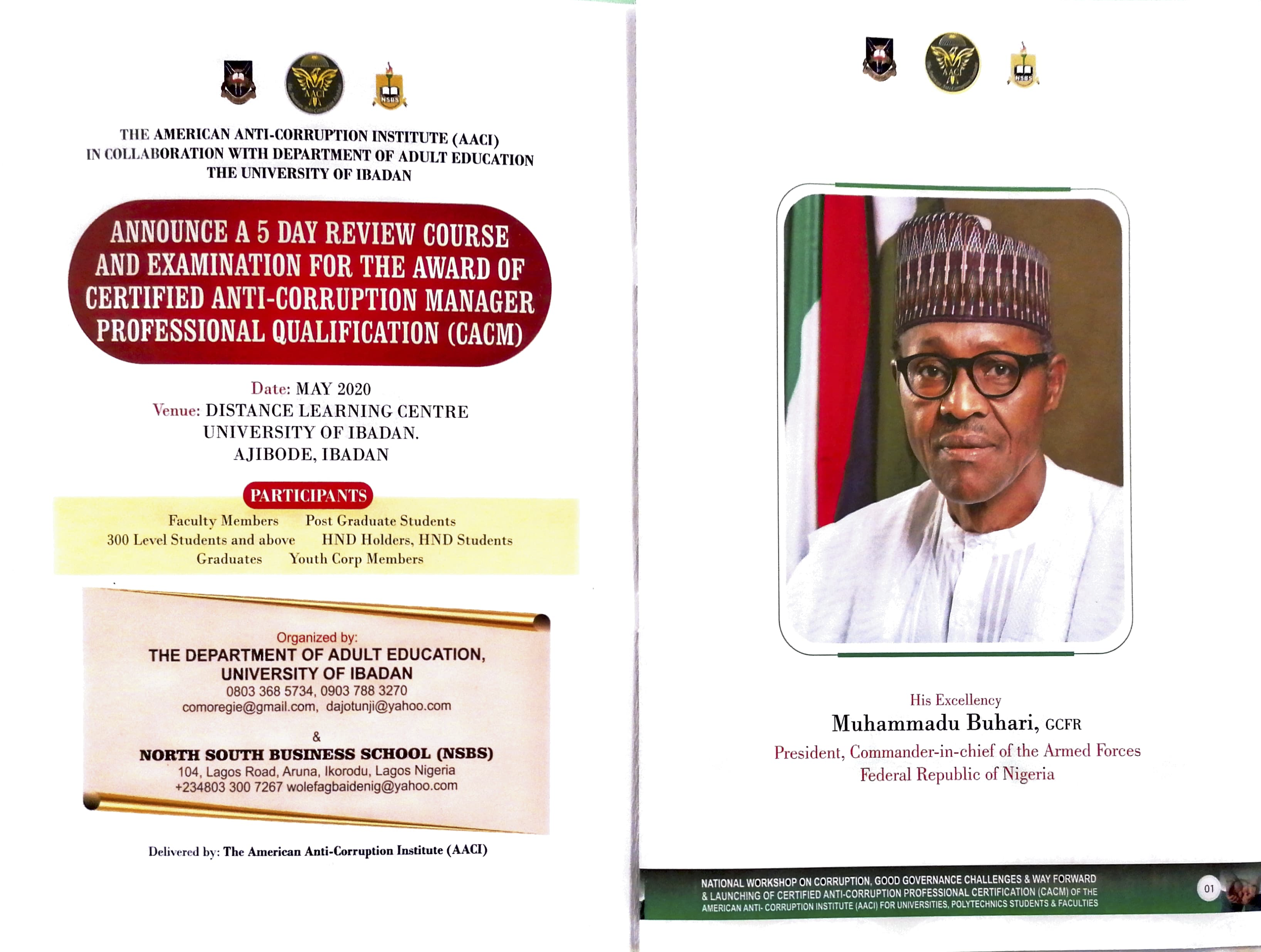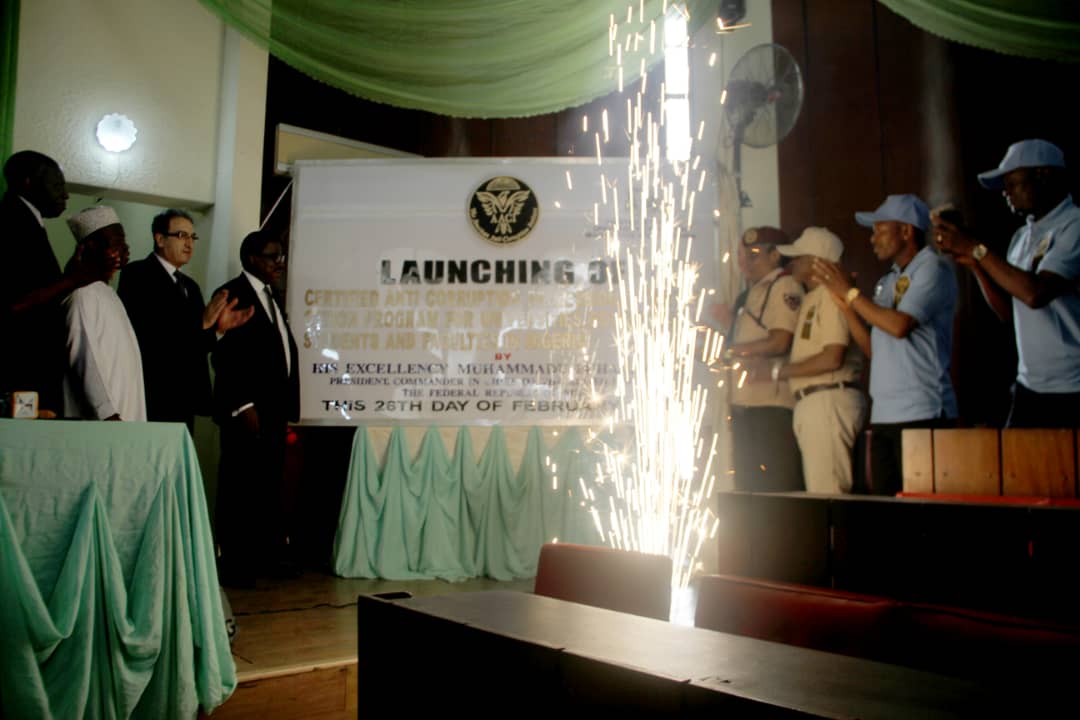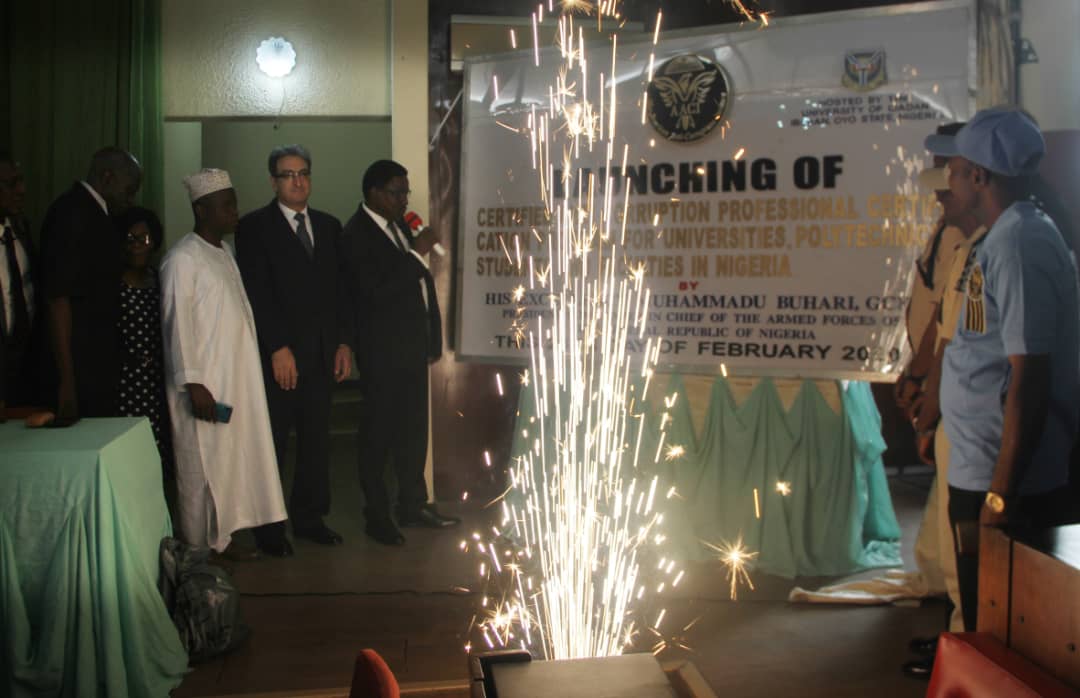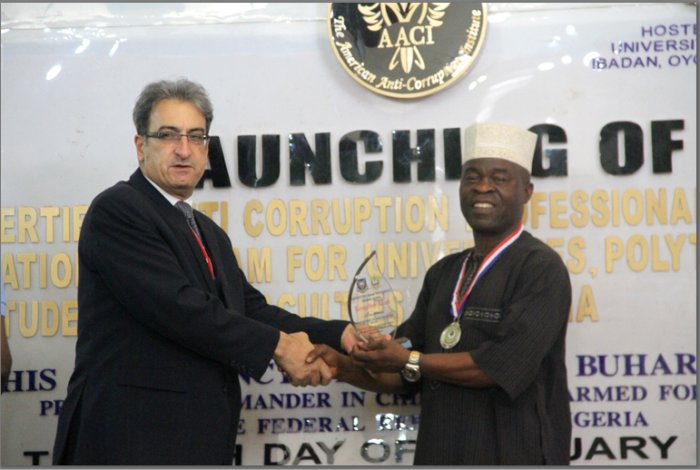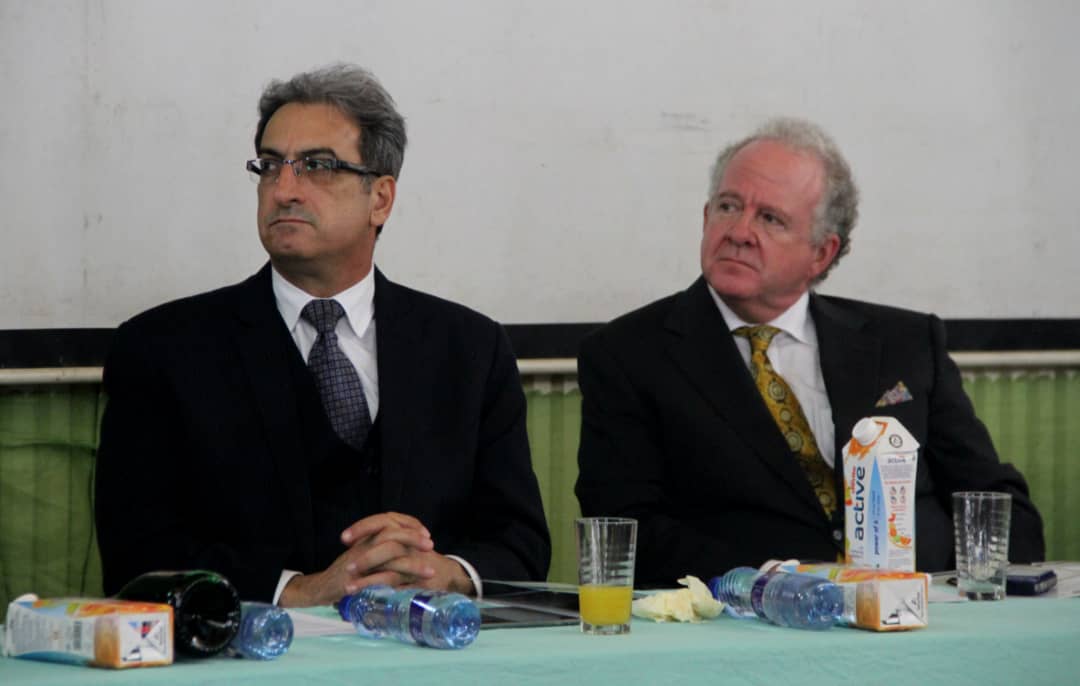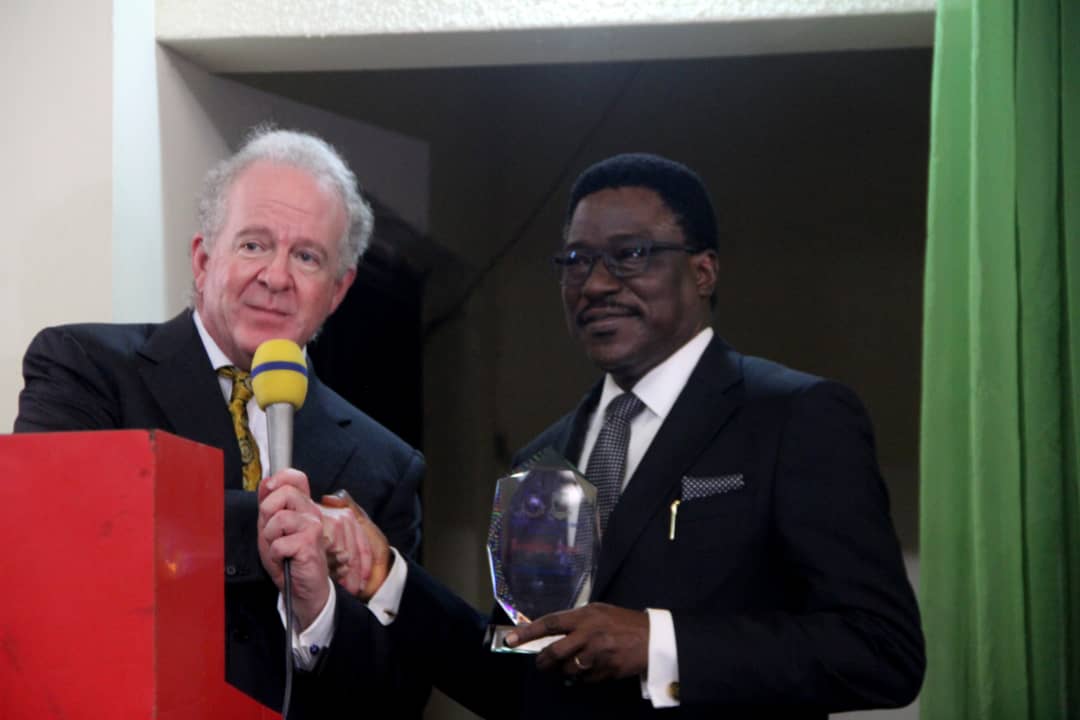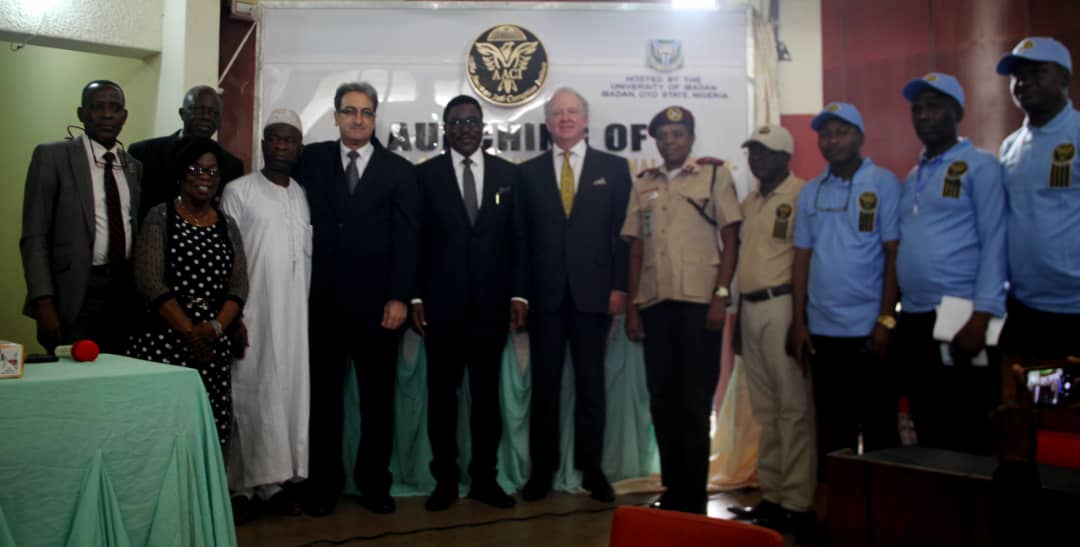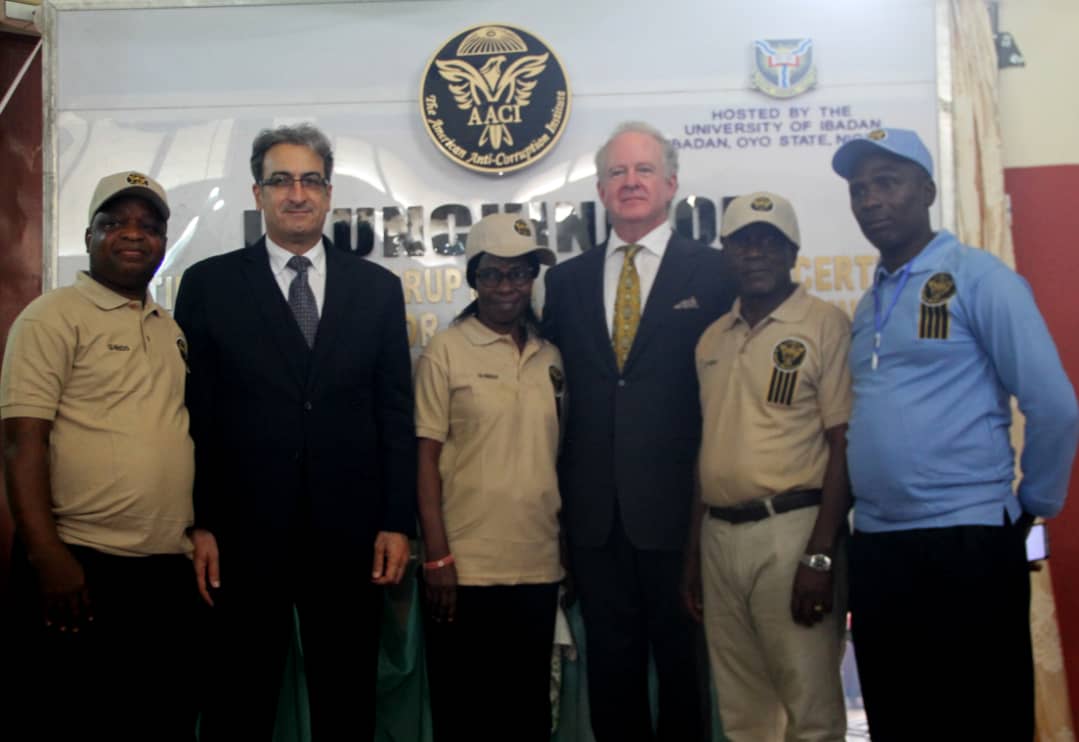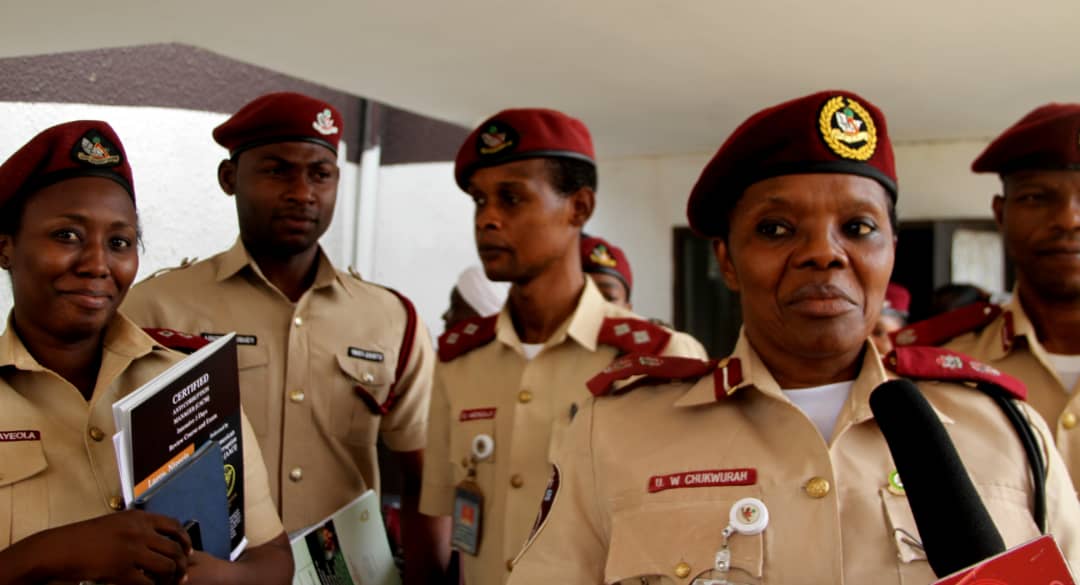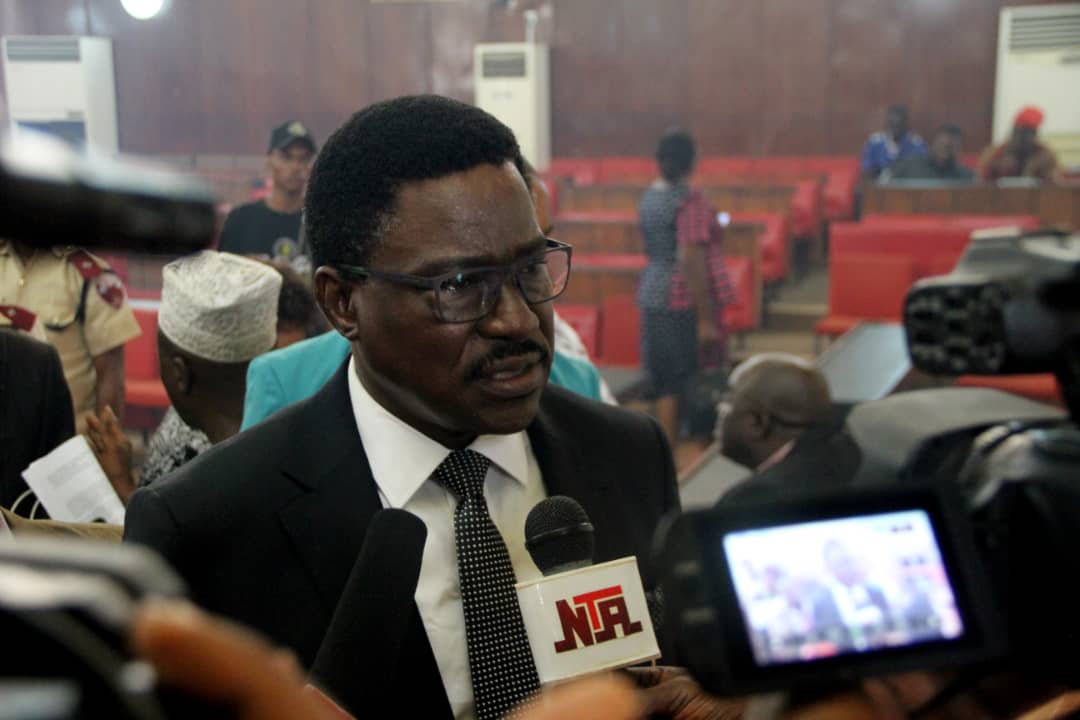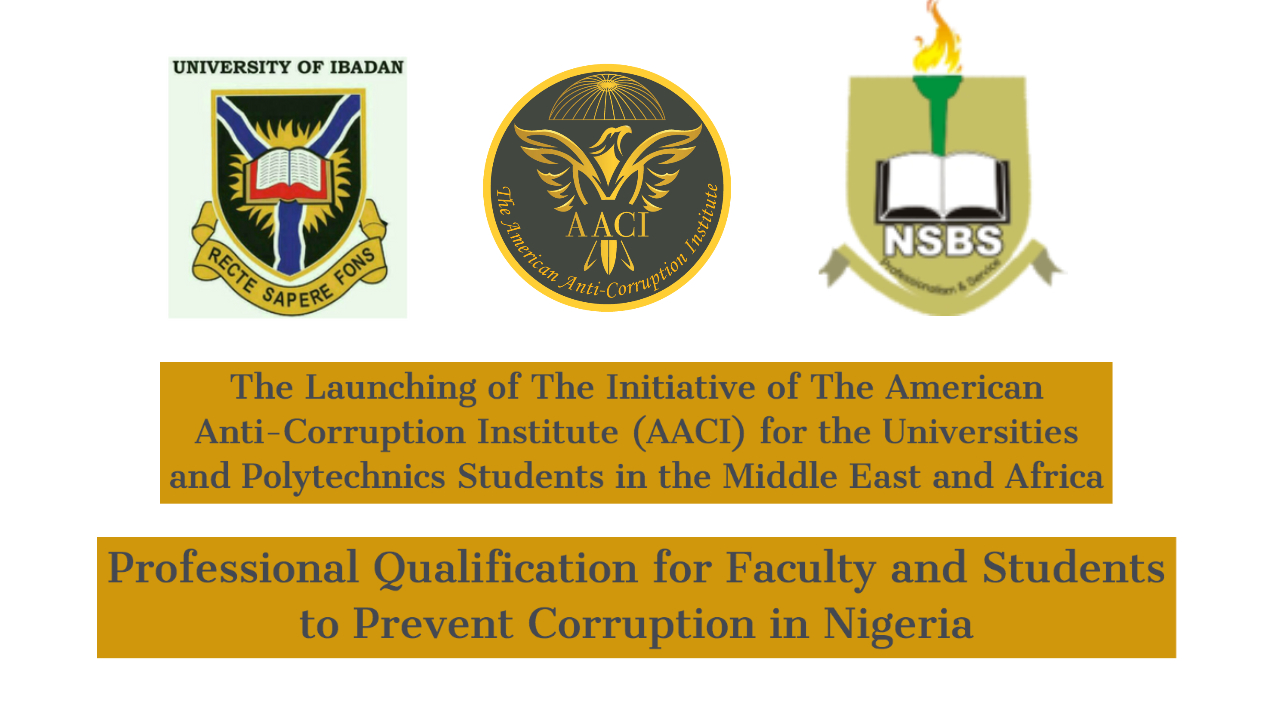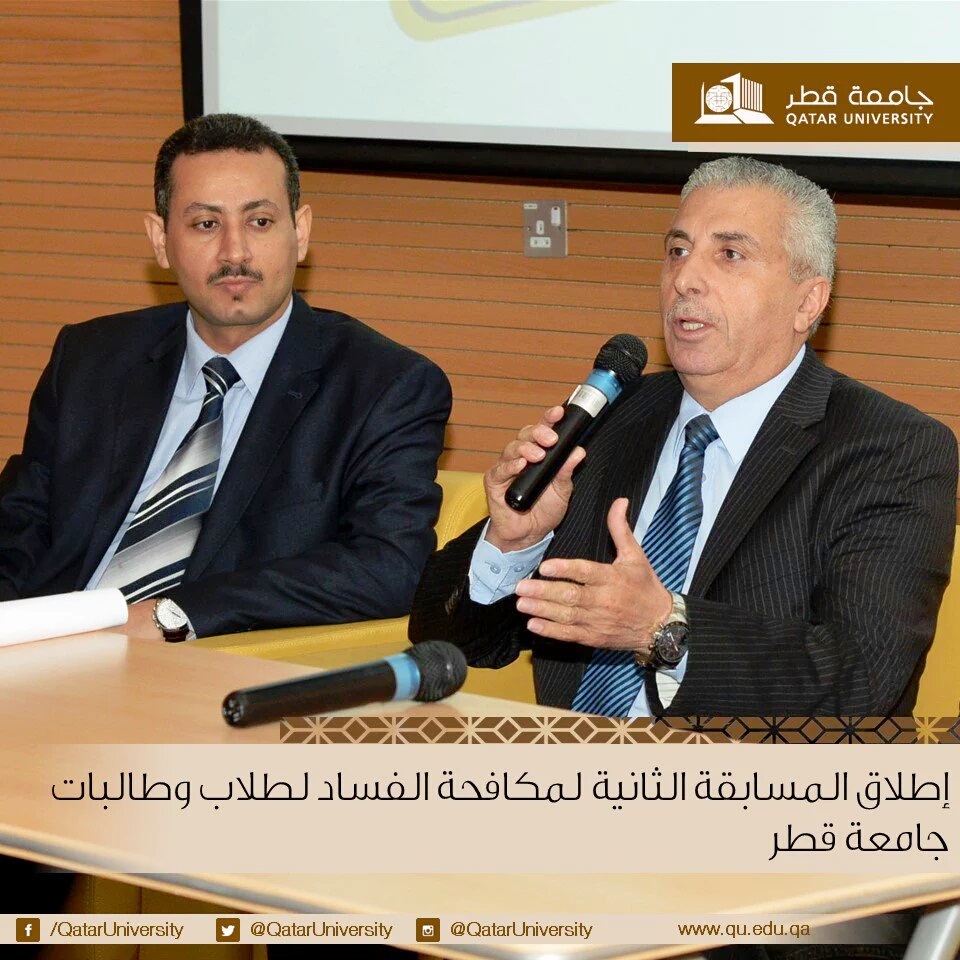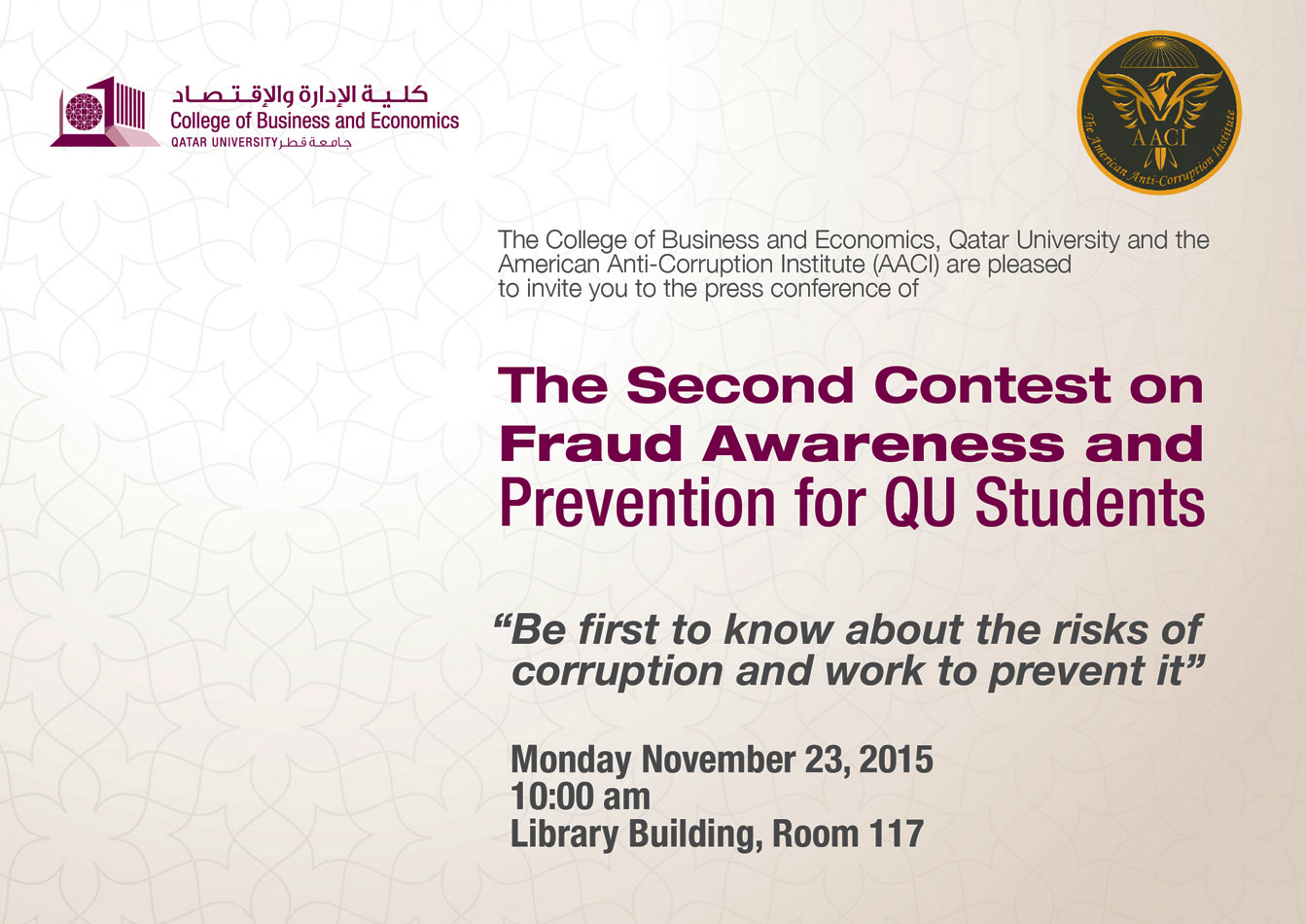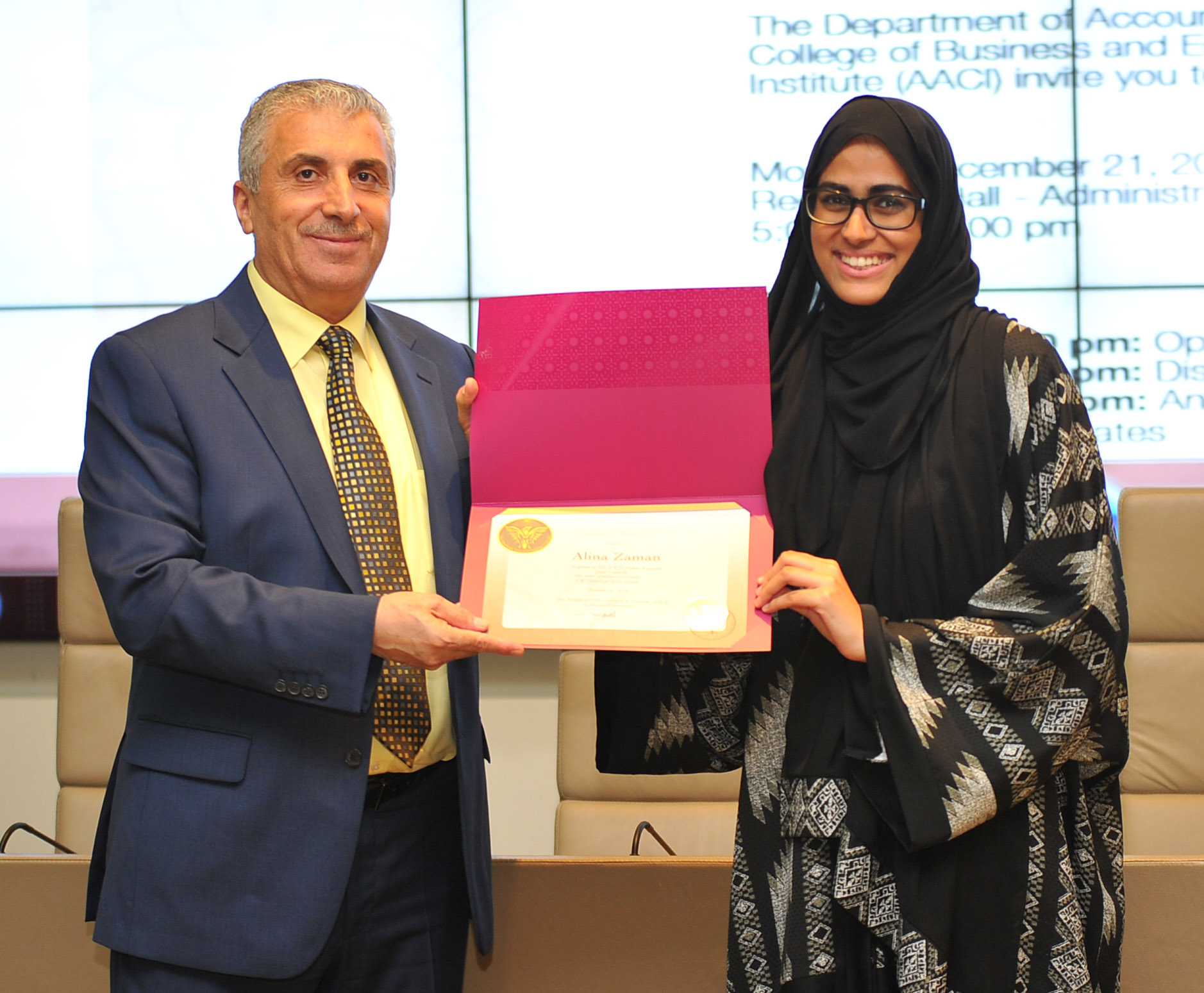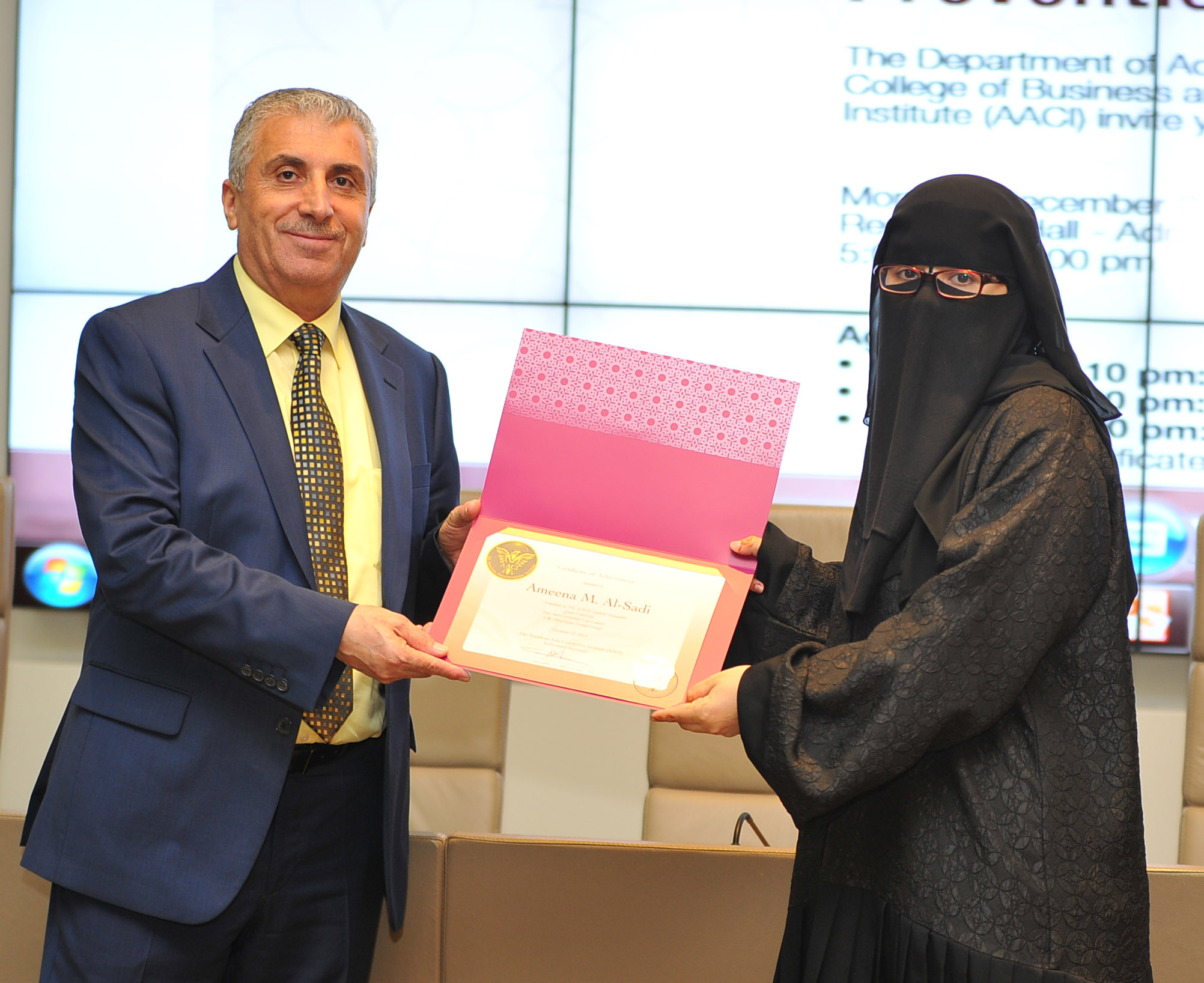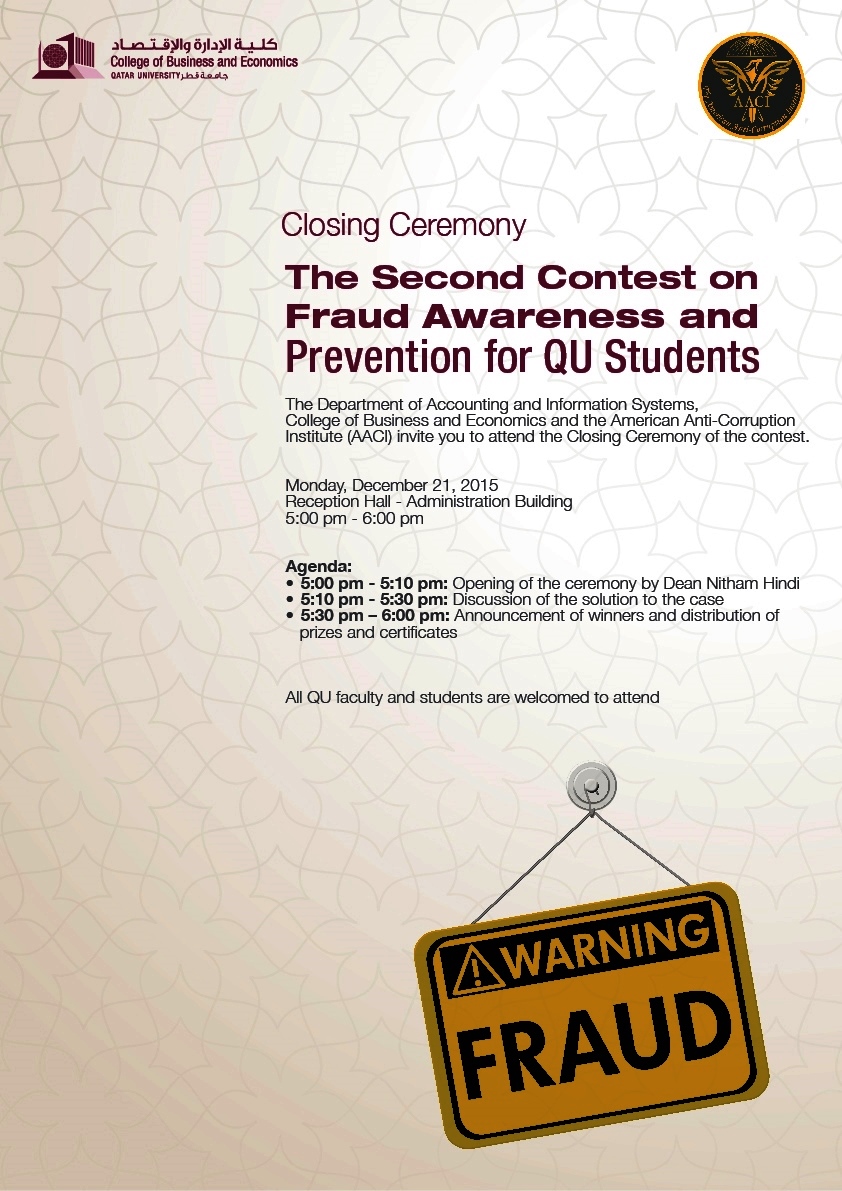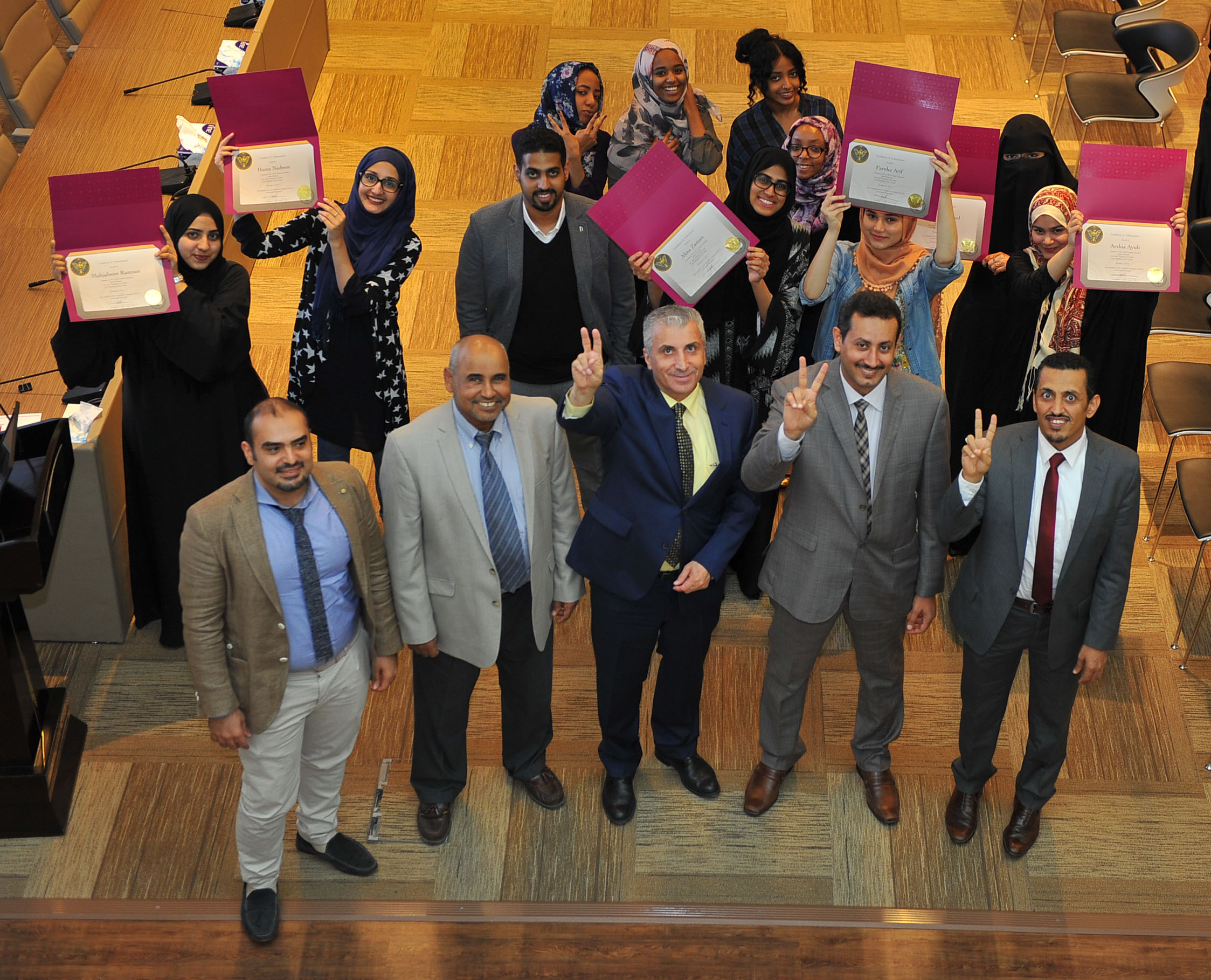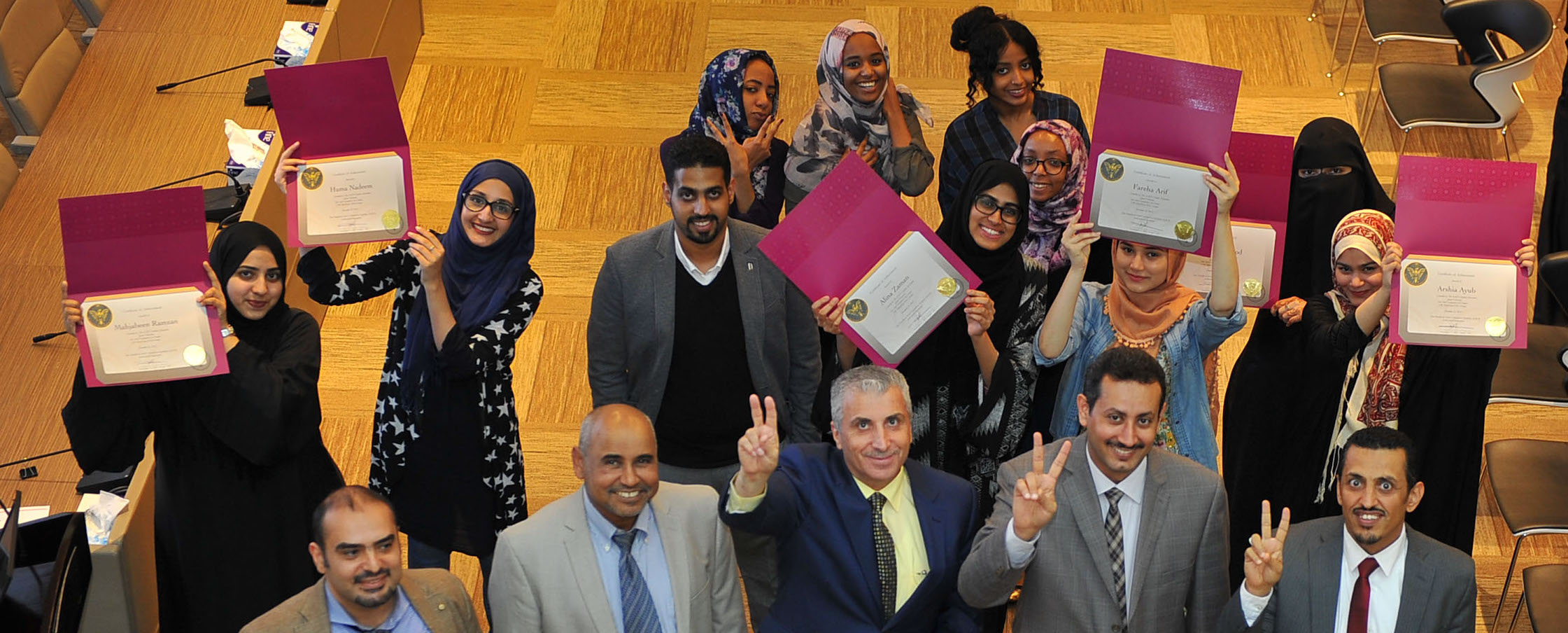Mike J. Masoud
May 7, 2024
In the relentless battle against corruption, it’s crucial to understand the intricate web that connects various forms of malfeasance. The American Anti-Corruption Institute (AACI) defines corruption as the abuse of power or perceived power or entrusted authority for direct or indirect private monetary or nonmonetary gain. This definition serves as a guiding light for those committed to upholding integrity and accountability in governance.
Fighting corruption isn’t a one-dimensional task; it’s a multifaceted endeavor that involves a diverse range of stakeholders, from governmental bodies to citizens themselves. The AACI outlines this process as holistic, continuous, results-oriented, multidisciplinary, and encompassing all economic sectors. Within this framework, preventive, deterrent, and detective (and corrective) measures are employed to tackle corruption head-on.
It’s essential to recognize that corruption and money laundering are defined by local laws, which can vary significantly from one jurisdiction to another. However, despite these differences, the underlying nature of corruption and money laundering remains strikingly similar across borders. Money laundering, in particular, involves disguising the origin and nature of illicit funds, often derived from a myriad of criminal activities ranging from drug trafficking to cyber fraud schemes.
When it comes to addressing corruption and money laundering risks, those charged with governance bear a significant responsibility. They must ensure that corruption risk levels are not only acceptable but also effectively managed. While anti-money laundering efforts focus specifically on the financial aspects of corruption, it’s crucial to recognize that money laundering risks are just one facet of the broader spectrum of corruption risks.
Corruption risks encompass a wide array of illicit activities, including but not limited to money laundering, terrorist financing, bid rigging, bribery, and asset misappropriation. As such, combating corruption requires a comprehensive approach that goes beyond merely addressing financial transactions. It necessitates a thorough understanding of the underlying drivers of corruption and the implementation of robust governance mechanisms to mitigate these risks effectively.
Moreover, central banks and other governing bodies must prioritize anti-corruption education and training programs for executives and boards of directors across all economic sectors. By instilling a culture of integrity and accountability at every level of society, we can create a more resilient framework for combating fraud and corruption.
In conclusion, the fight against corruption is a multifaceted journey that requires unwavering commitment from all stakeholders involved. By recognizing the interconnectedness of corruption and money laundering risks and adopting a comprehensive approach to governance, we can pave the way for a more transparent and accountable future for generations to come.
Photo by Christine Roy on Unsplash
